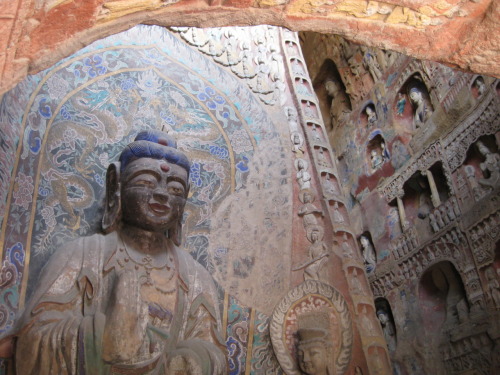
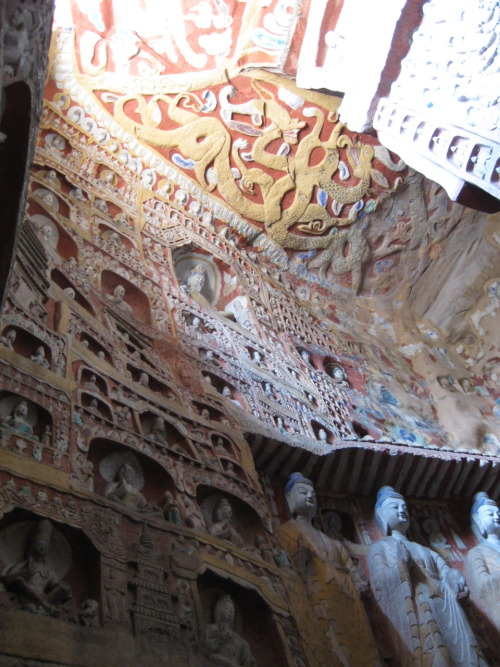
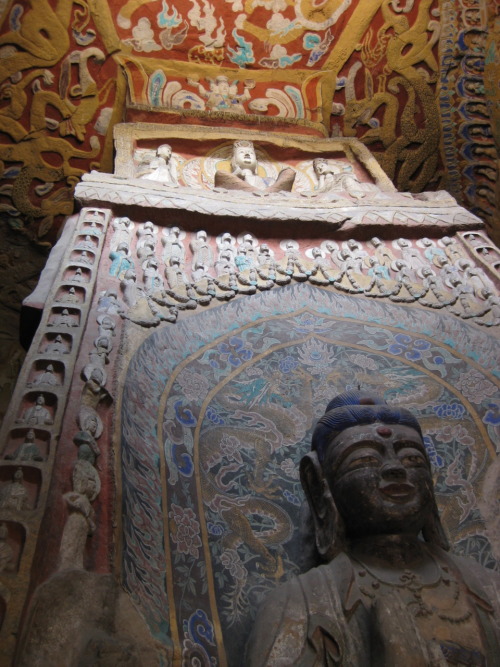
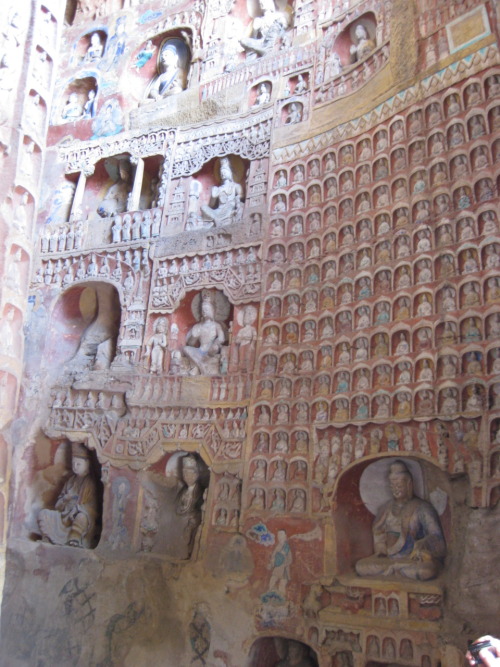
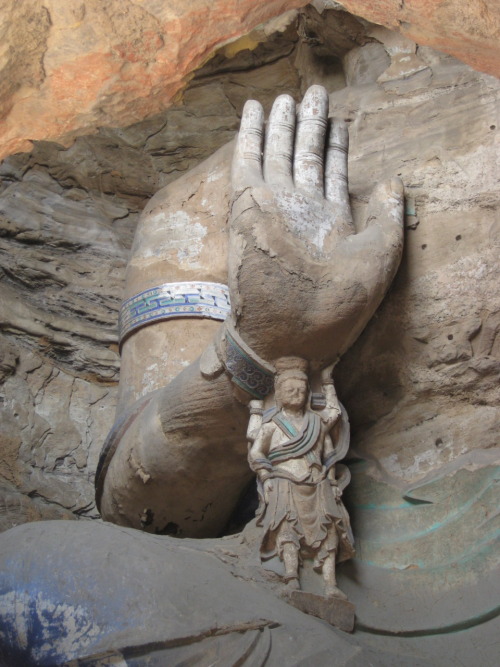
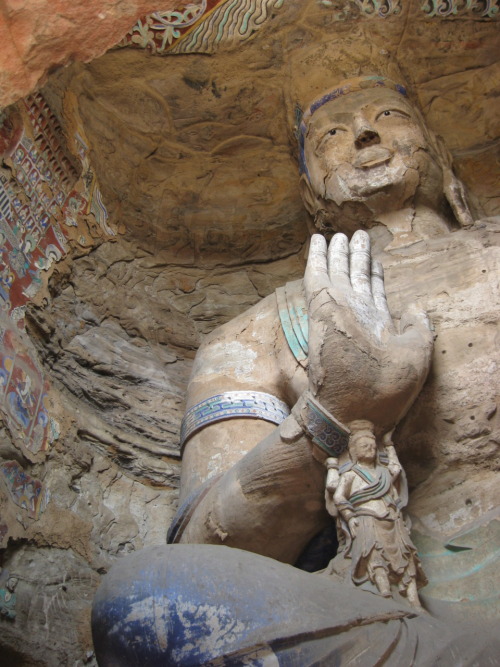
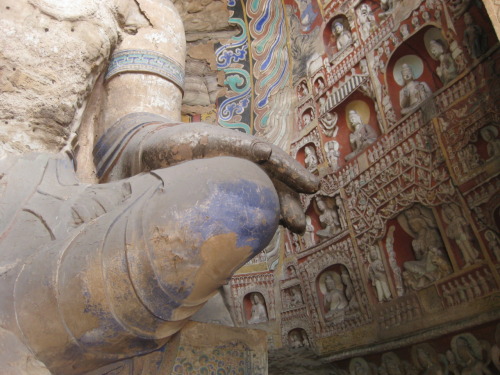
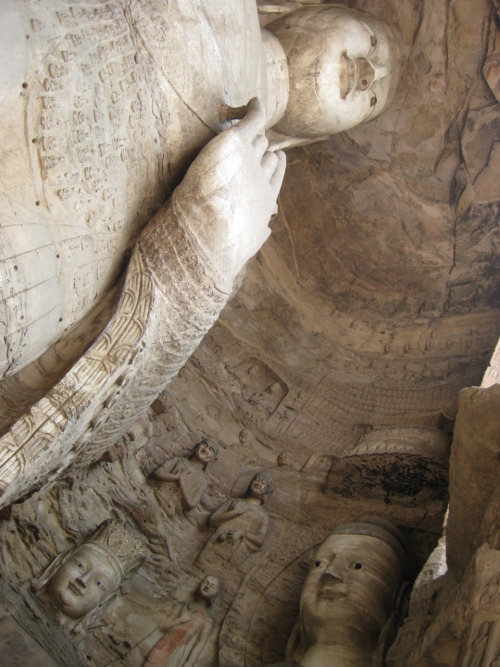
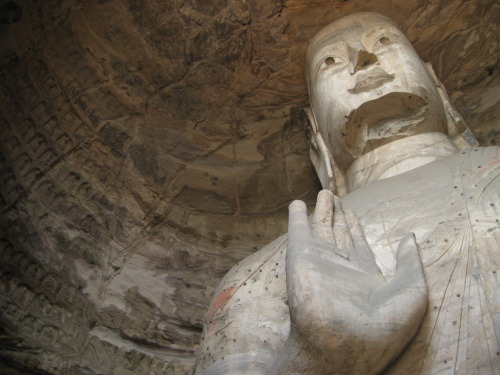

More statues from really incredible Yungang Grottoes in Datong, China. See previous set here.
Add a Comment










More statues from really incredible Yungang Grottoes in Datong, China. See previous set here.
Add a Comment
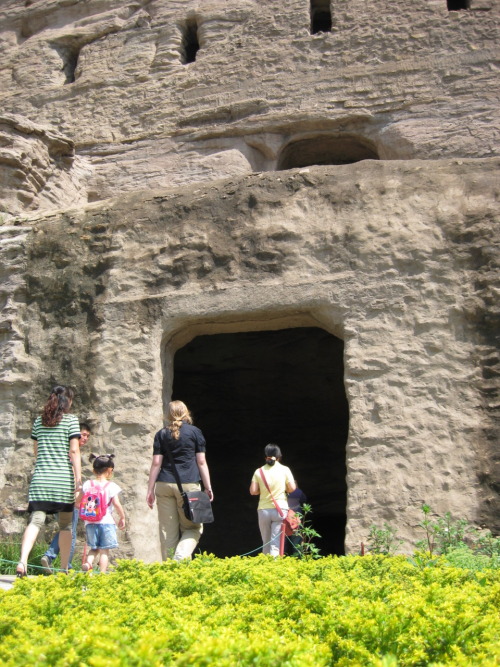
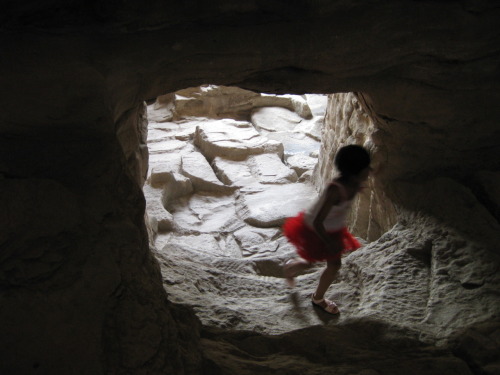
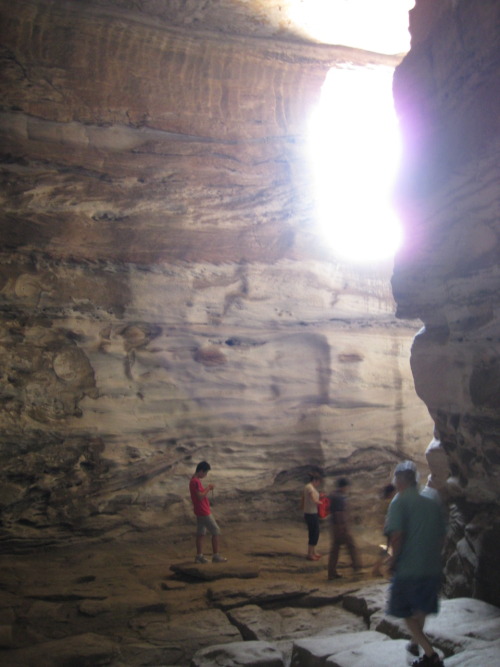
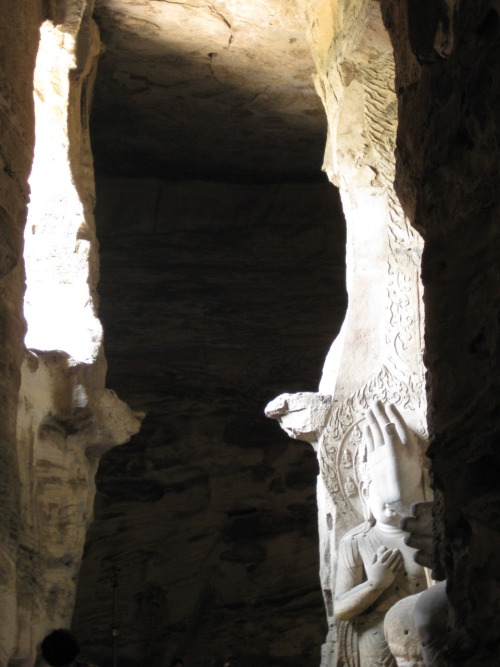
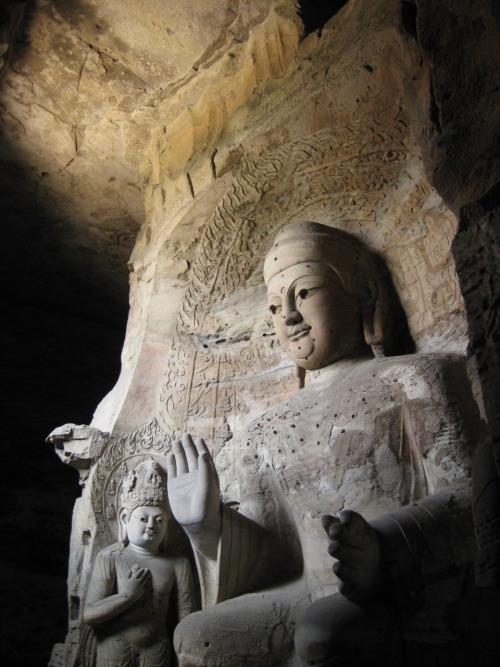
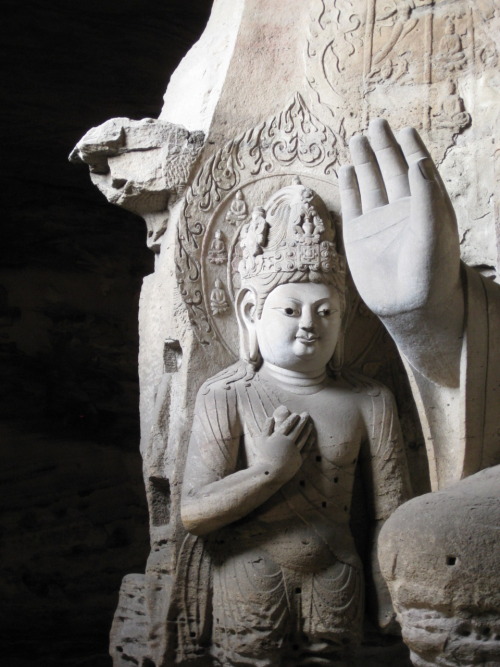
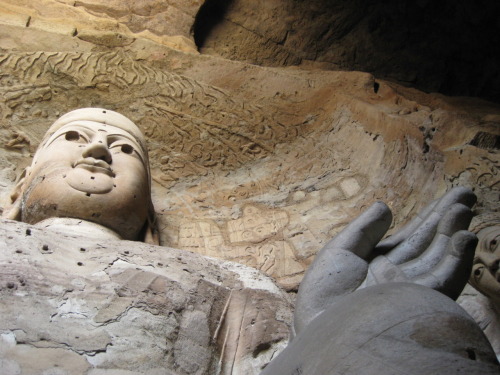
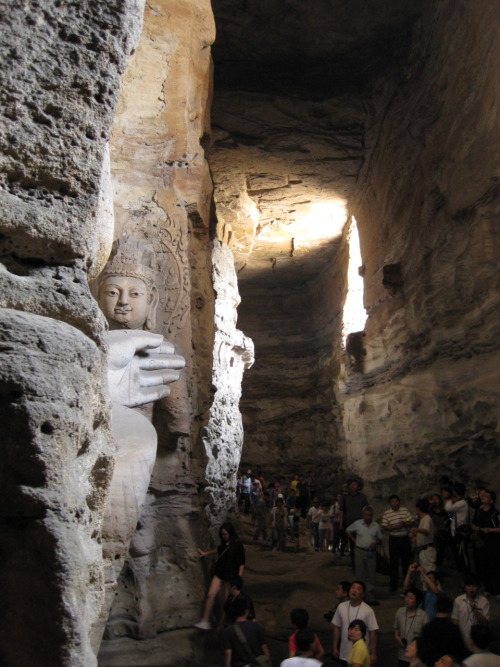
These pictures are from the really incredible Yungang Grottoes in Datong, China. Becky wrote about our experience here, but I wanted add some more photos to help get across just how fantastic this place is. This set of photos were all taken at the first big cave. This is why I liked this place over the also famous Longmen Grottoes, because here you can actually stand inside a giant cave and look at an enormous statue. There is not much that is more mysterious feeling than finding a monolithic statue inside a cave. I also love how this statue is lit with natural sunlight that comes through holes cut high in the cave walls.
Add a Comment
The Secret Cave: Discovering Lascaux by Emily Arnold McCully
Jacques Marsal was intrigued with the prehistoric bones and tools that his teacher showed him. When he got to see the cave paintings at Font de Gaume, he was amazed. So when he and three other boys discover a cave, they want to explore it. Following a tunnel into the earth on their hands and knees, they found an enormous cave. On the cave walls were paintings that looked like they had just been painted. They explored the cave for several days, finding paintings even down a deep shaft. Jacques insisted that they show the paintings to his teacher who at first thought they were playing a trick on him. But when he saw the paintings and an expert confirmed them, they all knew that they had found a treasure on the walls of the cave.
McCully tells the tale with plenty of details, allowing readers to understand the time period and the length of time the boys explored the cave. These details make the history come alive. The boys are depicted as real boys who play war, explore caves without any equipment and are tempted to keep the cave a secret. They are human rather than heroes. McCully’s afterword offers some more of the history of Lascaux, explaining what happened after the book ended.
McCully’s illustrations done in ink and watercolor have a great contrast between daylight and the caves. In daylight, the colors are light and vibrant. The underground illustrations have an effective darkness around them, conveying the thickness of the earth around the caves. McCully moves successfully between her finely detailed illustrations and the more primitive paintings on the cave itself. The contrast between the two styles makes sure that readers know that these are depictions of the cave paintings.
A book that should delight readers who enjoy history and adventures. Use this as a great introduction to the caves themselves and expect to have lots of requests for images from the caves themselves. Appropriate for ages 6-9.
Reviewed from copy received from Farrar, Straus and Giroux.
Also reviewed by 100 Scope Notes.
Add a Comment
Not very descriptive, I think now – but although the entry is pretty laconic, I reckon I was impressed. Impressed enough to want to record it. Anyway, I’ve been going underground in fiction ever since – in ‘Troll Fell’ and ‘Troll Mill’ at least: and now I’m having another stab at it in my forthcoming book. I’m not a caver: if anything I’m rather claustrophobic, but I do find caves fascinating. Each time I write about them I head off underground to collect first-hand impressions: the most recent was a crawl down a Roman lead-mine in
It’s interesting (to me at least) that this fascination with caves started so long ago. I’ve kept a diary on and off ever since, and in my early twenties recorded a number of conversations with a guy I worked with, who belonged to the Cave Rescue. He was for ever being hauled out of bed at
“When we looked at her” (he told me) “we could see that if we moved her we were going to kill her, so we stayed with her till the medics came down with oxygen. But even then we were still going to kill her if we moved her, and she died down there about half an hour after we reached her.
“It was pretty wet. Luckily she wasn’t very big, so it was easier getting her out – you know, it’s a pretty tight passage.” He paused. “She didn’t look very good when most people saw her. When we got to her she wasn’t so bad, because the water had washed her clean.” He paused again. “It’s going to be an awful shock for her mother.”
Strong and terse: he was shaken and emotional. I felt the emotion too, but also I was trying to learn how to write dialogue. That meant that I would go home and scribble down what I remembered. I don’t think I was being callous. I’m still moved by what he said. Yet I’d have forgotten about it years ago if I hadn’t written it down.
I’ve never used it in a book. I wouldn't use anything like that directly. But there’ve been plenty of times when it’s handy to turn up an old diary and find something to jog the mind into action. Writing about weather is a good example. Me and my brother walking on the moors in the heavy winter snow of 1979:
In places the snow looked just like the surface of a clean new mushroom, white and peeling a little all over. Later, coming down the tarn road, shadows on the snow were a luminous, pale violet.
I’d never have come up with that description if I hadn’t seen it, and I’d never have remembered it if I hadn’t written it down. Nor would I easily remember how intolerant and opinionated I could be as a teenager especially when taking an interest in current affairs. The Troubles in
We all think we can remember just how it felt to be young. But a diary is there as a sort of reality check. I said and wrote some things which now seem outrageous - and I'm sure, without the diary there to prove it, I'd have edited them out of my memory.
Great story idea! I love caves because of the exposure I had to them as a kid. This sounds like a nice book to interest a new generation of cavers!